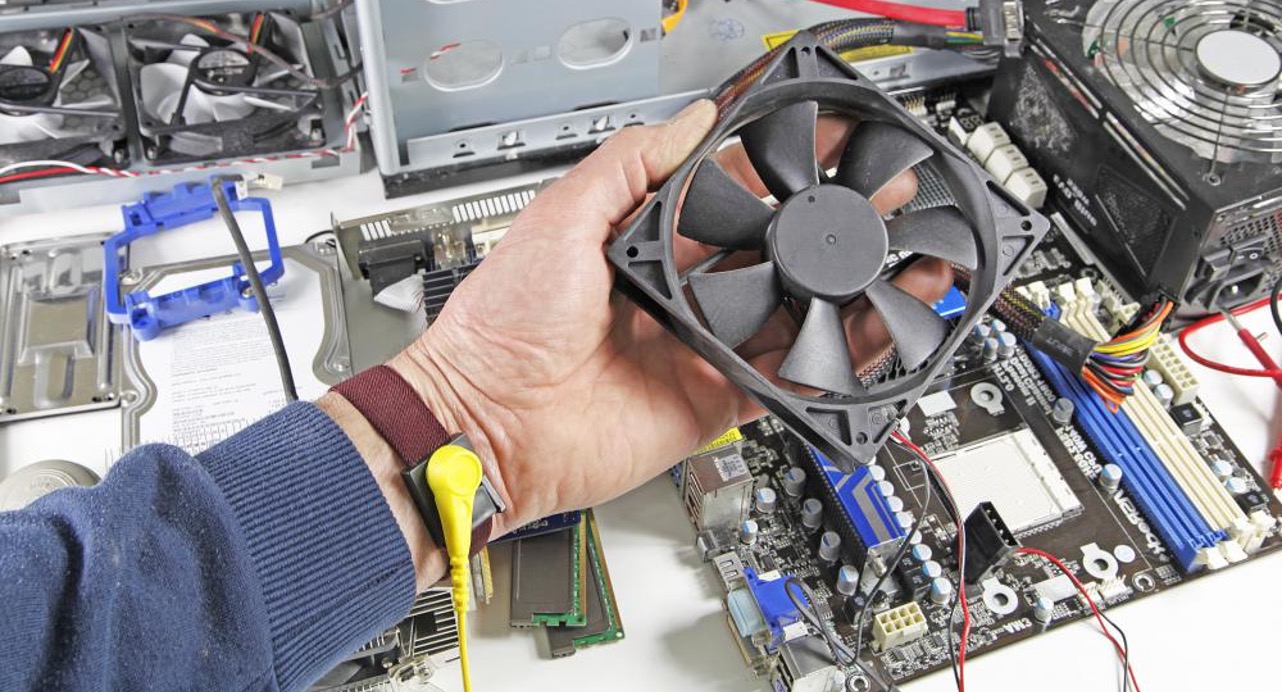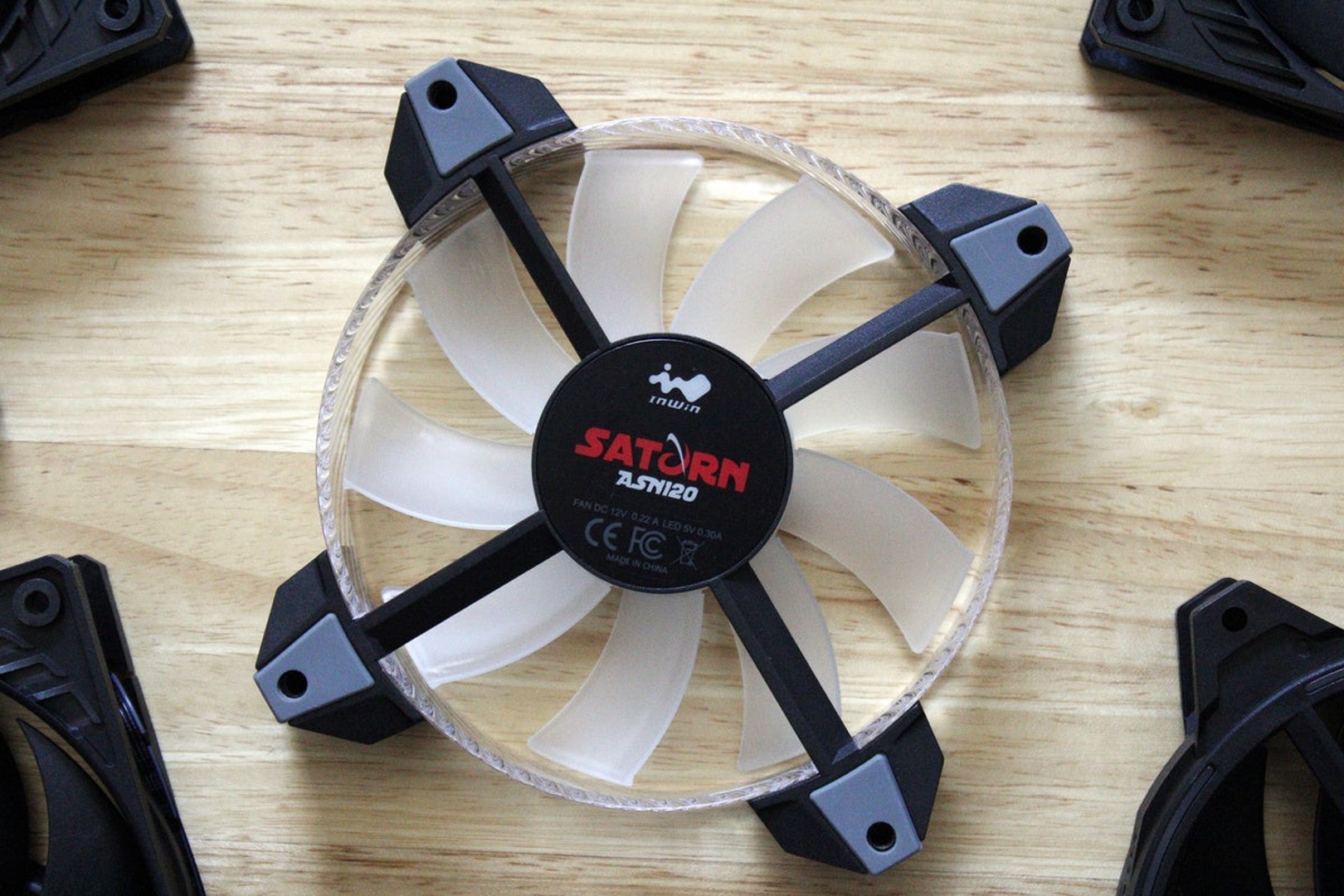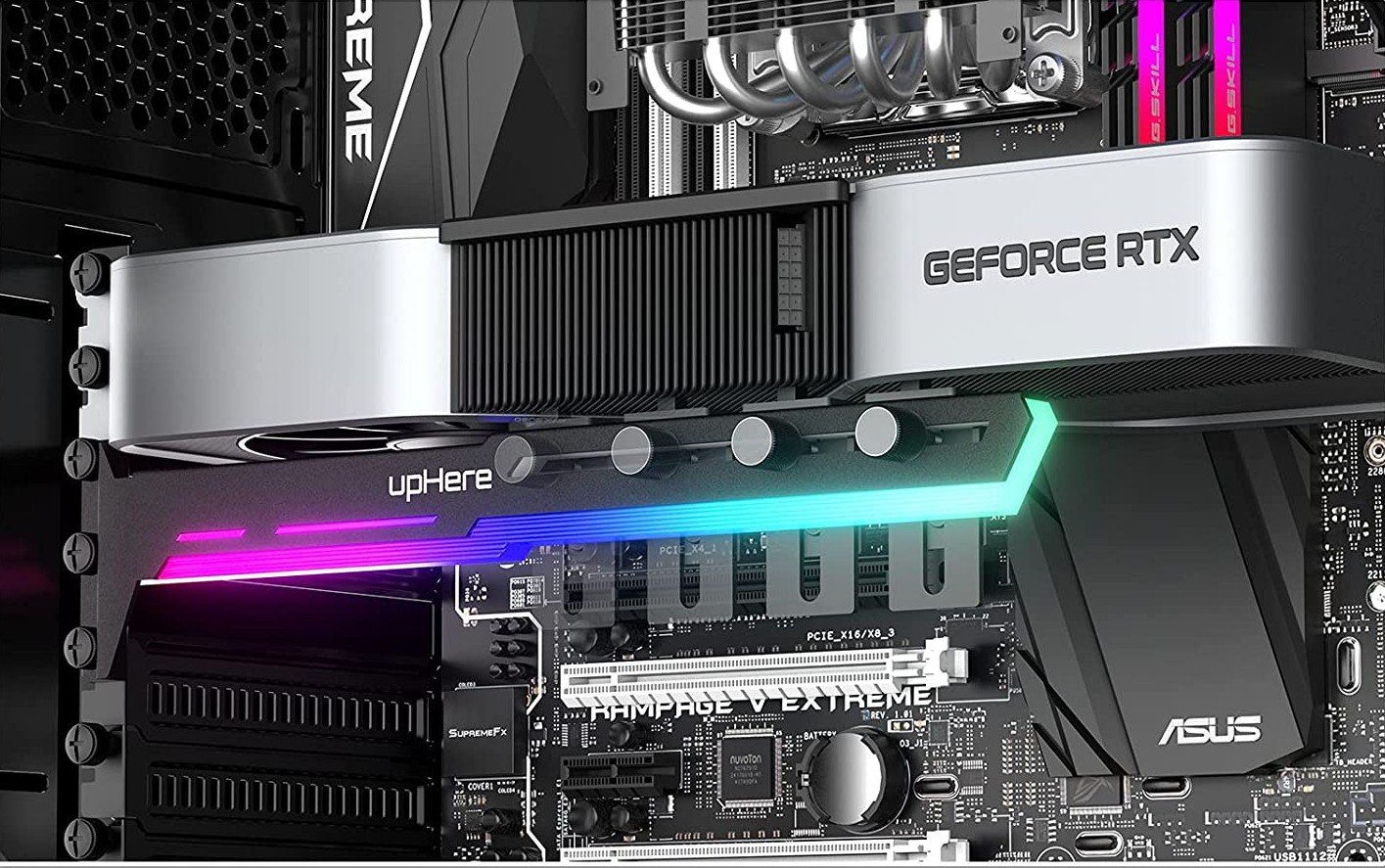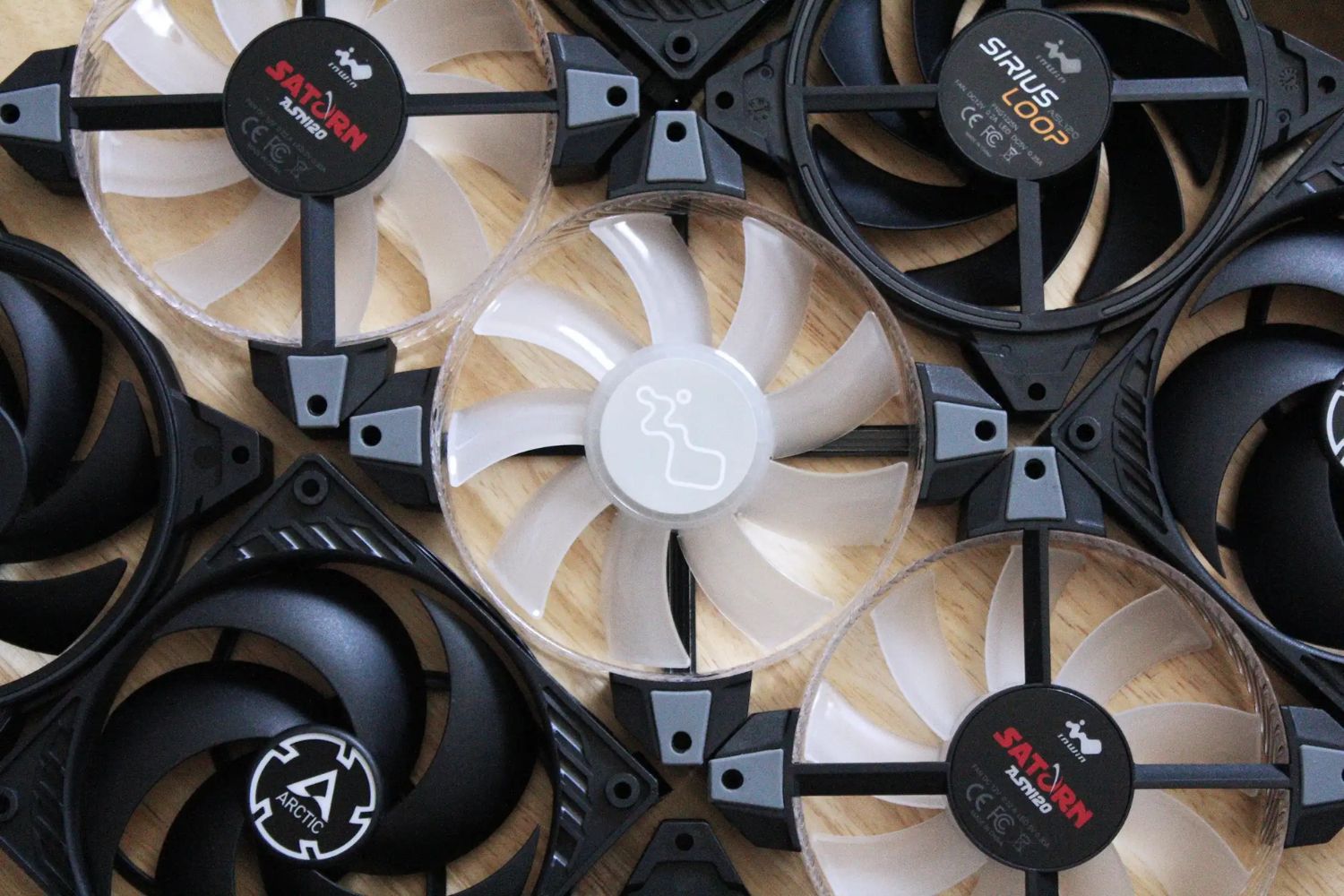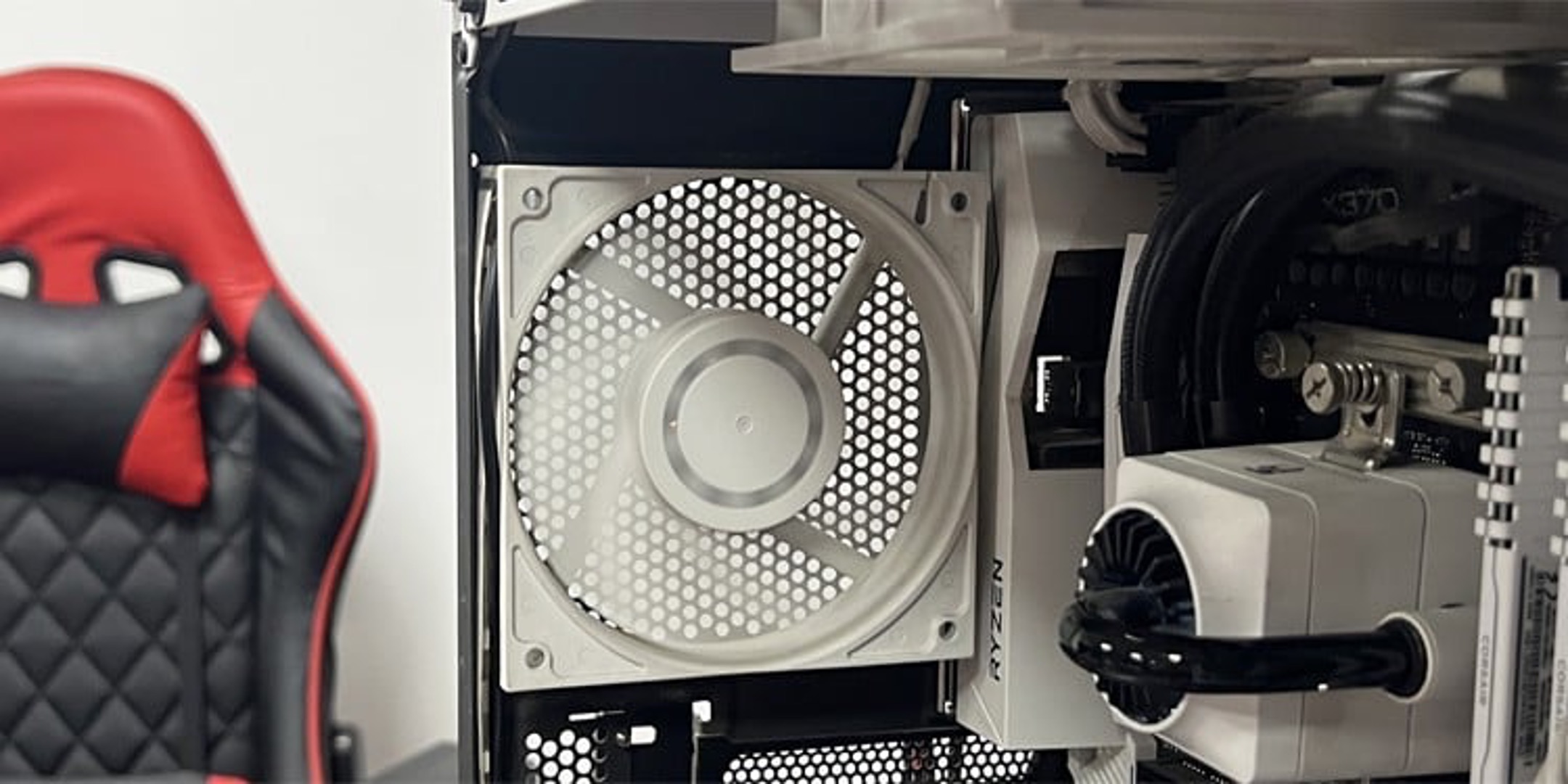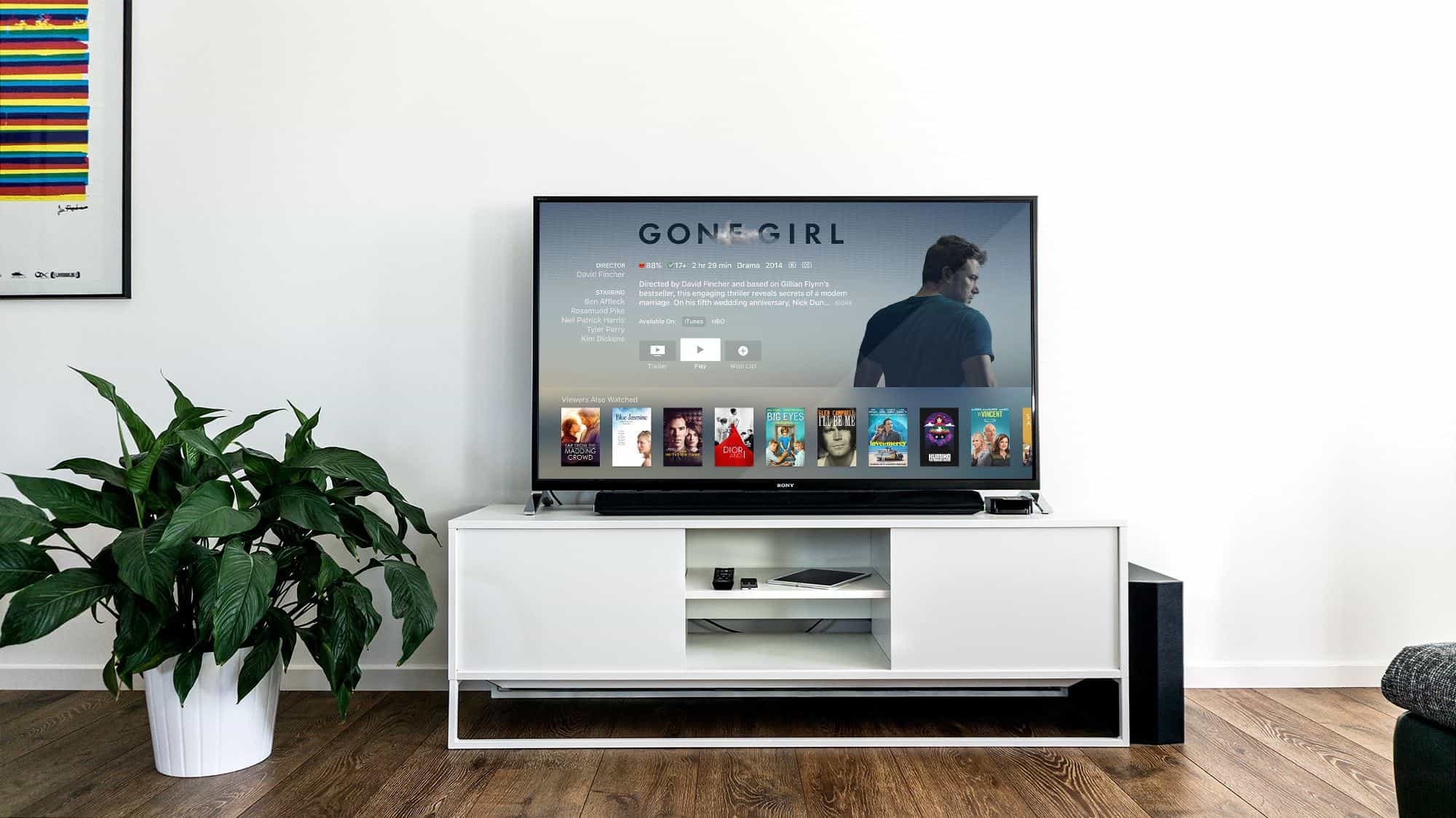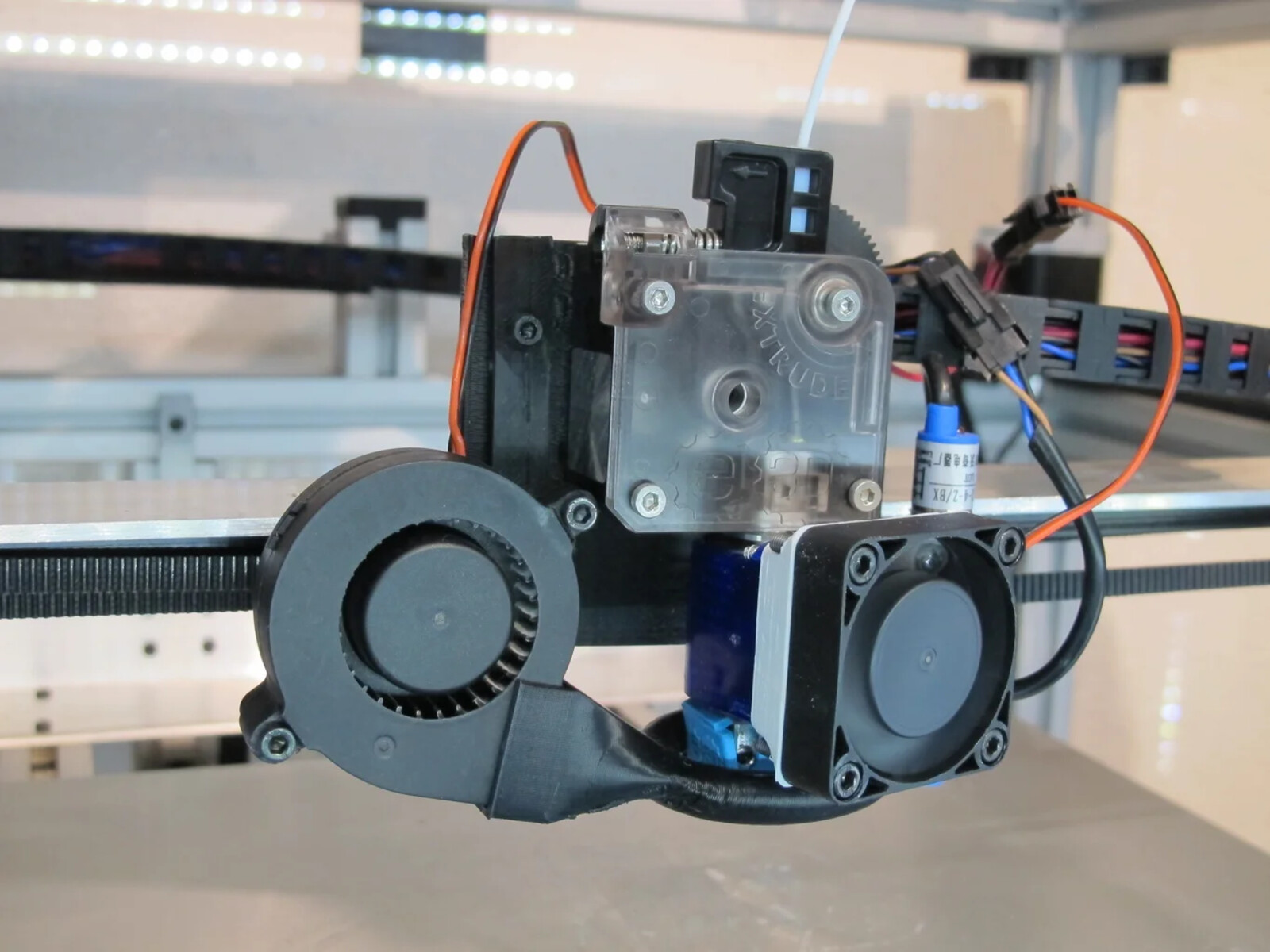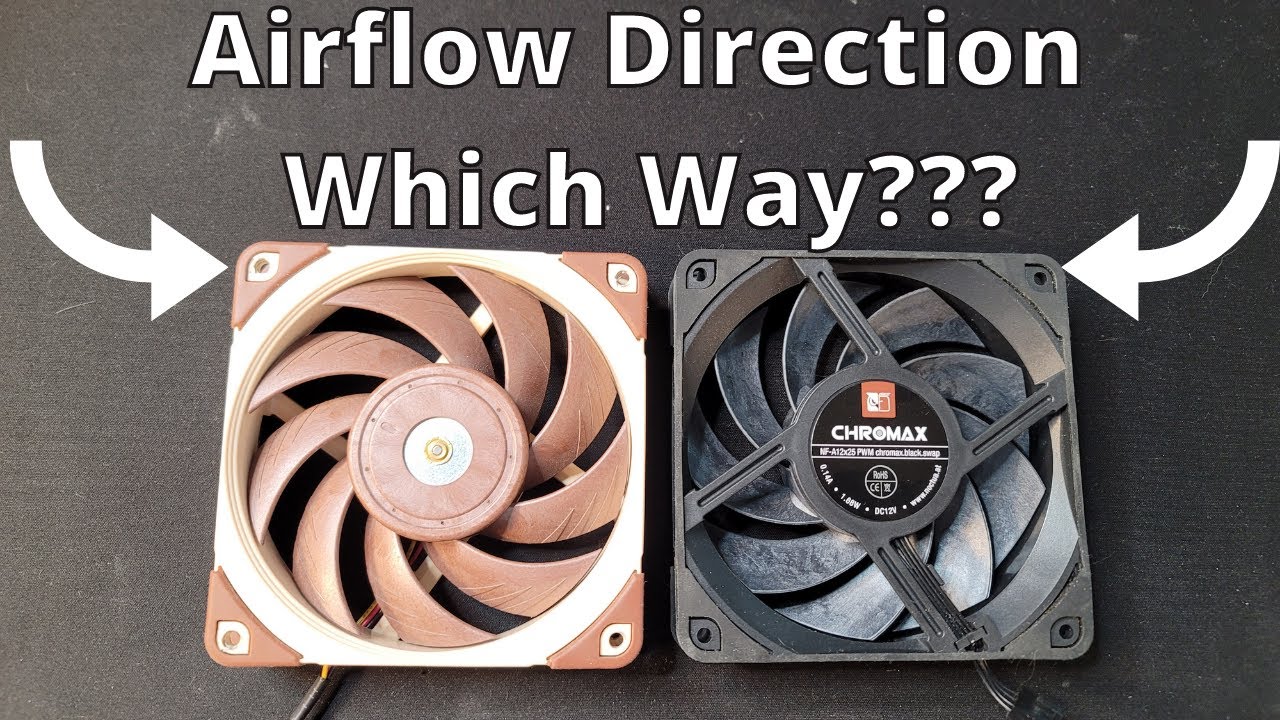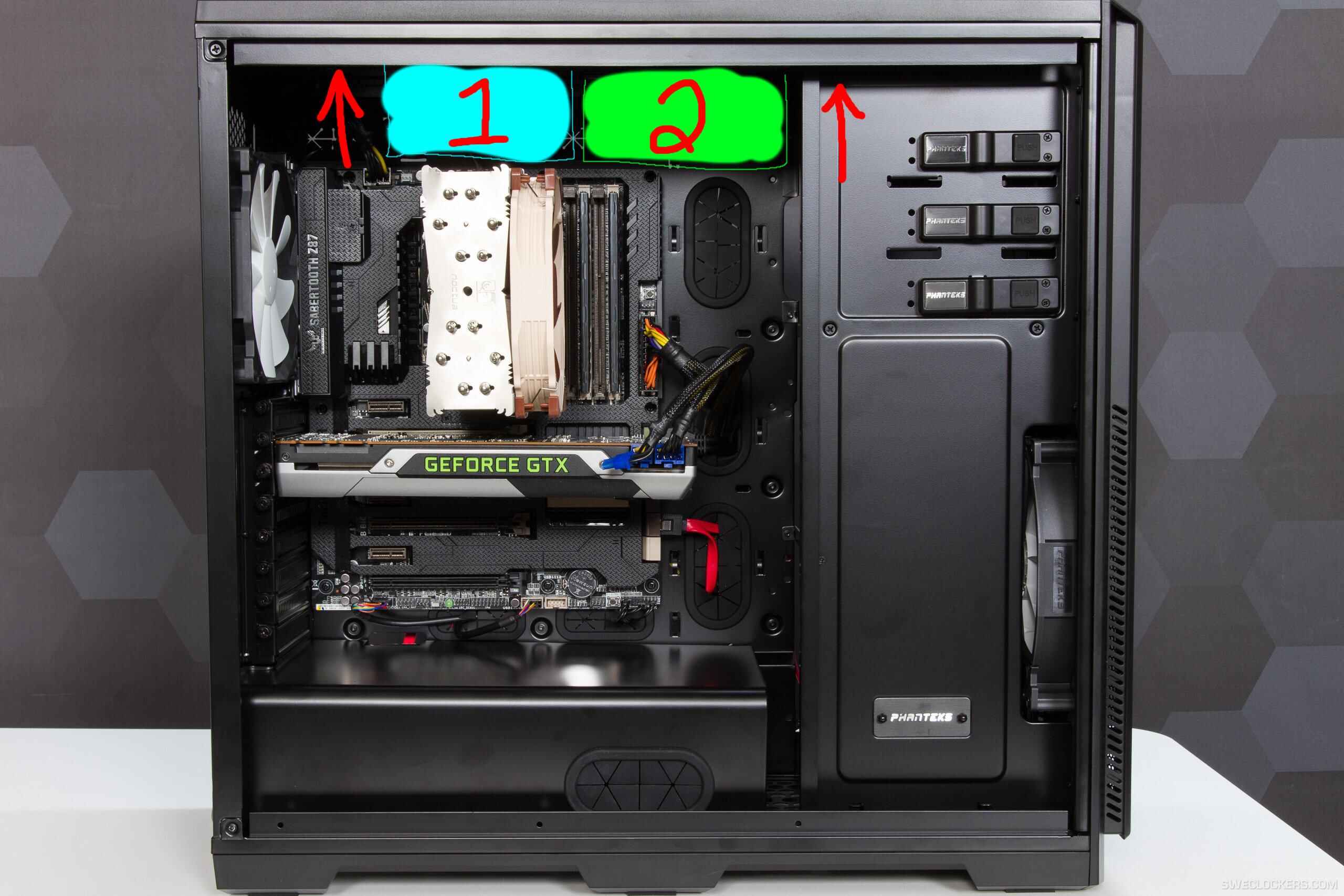Introduction
In the world of computer hardware, proper cooling is essential to ensure the optimal performance and longevity of your system. One key component that helps to dissipate heat and maintain a safe operating temperature is the system case fan. However, did you know that if your case fan blows in the wrong direction, it can lead to a host of problems? In this article, we will explore the potential issues that can arise when your system case fan is not positioned correctly.
Before diving deeper, it’s important to understand the basic mechanics of a case fan. A case fan is designed to circulate the air within the computer case, allowing for the exchange of hot air generated by the components with cooler air from outside the case. This process helps to prevent overheating and maintain the temperature of vital hardware components such as the CPU and GPU.
When a case fan blows in the wrong direction, it disrupts this crucial airflow pattern and can lead to several problems. In the following sections, we will discuss these problems in detail, providing valuable insights to help you avoid them and keep your system running smoothly.
Overheating
One of the most detrimental consequences of a system case fan blowing in the wrong direction is the increased risk of overheating. An improperly oriented case fan can disrupt the airflow within the computer case, causing a buildup of hot air around the crucial components.
Heat is the arch-nemesis of electronic devices, and when temperatures rise beyond the recommended operating range, the performance and lifespan of your system can be significantly compromised. Overheating can lead to a variety of issues, including system instability, unexpected shutdowns, and even permanent damage to the hardware.
When a case fan blows in the wrong direction, it can push hot air back into the case, preventing proper expulsion and replacement with cool air. This stagnant hot air creates a pocket of heat around the components, hindering their ability to dissipate heat effectively. Over time, this can result in a gradual rise in temperature and an increased risk of overheating.
To prevent overheating, it is crucial to ensure that your case fan is correctly installed and blowing in the proper direction. Typically, case fans should be positioned to exhaust hot air out of the case, allowing fresh air to be drawn in from the front or bottom of the case. This setup promotes a steady flow of cool air over the components, preventing the buildup of heat and maintaining a stable temperature.
In case you are unsure of the correct orientation of your case fan, consult the manufacturer’s guidelines or seek assistance from a knowledgeable technician. Proper placement and direction of the case fan can go a long way in preventing overheating and protecting the longevity of your system.
Dust Accumulation
Another problem that can arise when your system case fan blows in the wrong direction is an increased accumulation of dust within your computer case. Dust is a natural enemy of electronic components, as it acts as an insulator and impedes the cooling process by blocking the airflow.
When a case fan blows in the wrong direction, it can create turbulence and disturb the natural flow of air within the case. This disruption can cause dust particles to settle on sensitive components, such as the CPU heatsink, GPU, and motherboard. Over time, this dust buildup forms a thick layer that hinders the proper dissipation of heat and diminishes the cooling effectiveness of your system.
Excessive dust accumulation can lead to various issues. Firstly, it can cause a rise in internal temperatures, potentially resulting in system overheating, as discussed earlier. Secondly, it can negatively impact the performance and efficiency of your system. Dust acts as a thermal insulator, trapping heat generated by the components and inhibiting their ability to cool down efficiently. This can lead to reduced performance, slower operation, and even system instability.
To mitigate the accumulation of dust, it is crucial to ensure that your case fan is blowing in the correct direction. The proper airflow pattern created by the correctly oriented fan helps to minimize dust settlement, as it allows for the expulsion of hot air and the intake of cleaner, cooler air. This constant airflow helps to keep the components free from dust particles and ensures optimal cooling performance.
In addition to regular cleaning and maintenance of your system, positioning the case fan correctly and maintaining a clean and dust-free environment are essential steps to prevent dust accumulation and preserve the longevity and performance of your system.
Reduced Airflow
When your system case fan blows in the wrong direction, one of the immediate impacts is a reduction in airflow within your computer case. Proper airflow is crucial for cooling the internal components and maintaining an optimal operating temperature.
An incorrectly positioned case fan can disrupt the natural airflow pattern, causing air to flow in the wrong direction or become stagnant. As a result, the cool air intended to cool down the components is not efficiently circulated, leading to increased temperatures and reduced cooling efficiency.
Reduced airflow can have numerous negative effects on your system. Firstly, it can contribute to higher internal temperatures, potentially resulting in overheating and system instability, as we discussed earlier. Secondly, it can lead to a decrease in overall performance. When components such as the CPU or GPU are not efficiently cooled, they may throttle their performance to prevent damage, resulting in slower operation and decreased responsiveness.
In addition, reduced airflow can exacerbate the accumulation of heat in specific areas of your computer case, putting additional stress on vital components. This can lead to premature wear and tear, decreased lifespan of the hardware, and even the risk of component failure.
To ensure optimal airflow and prevent reduced airflow issues, it is crucial to confirm that your case fan is blowing in the correct direction. Ideally, the case fan should be positioned to exhaust hot air out of the case, allowing cooler air to be drawn in from the front or bottom of the case. This setup promotes a continuous flow of fresh air over the components and ensures efficient cooling.
Regular cleaning and maintenance of your case fan, along with proper placement and direction, are essential steps to prevent reduced airflow and maintain optimal cooling performance for your system.
Vibrations and Noise
In addition to the potential impact on cooling performance, an incorrectly positioned case fan can also contribute to vibrations and increased noise levels within your computer system. These vibrations can cause discomfort, annoyance, and even affect the overall longevity and performance of your hardware.
When a case fan blows in the wrong direction, it can create turbulence and imbalance within the computer case. This disruption in airflow can result in vibrations that are transmitted to other components, such as the CPU heatsink, GPU, or hard drives. These vibrations can lead to an increase in noise levels and cause noticeable rattling or buzzing sounds.
The vibrations generated by an improperly oriented case fan can also have more severe consequences. They can potentially loosen connections, displace delicate components, and contribute to the wear and tear of the hardware over time. This can lead to a higher risk of component failure and decreased overall system reliability.
To minimize vibrations and noise, it is essential to ensure that your case fan is correctly placed and blowing in the appropriate direction. Proper installation and alignment of the fan can help maintain a balanced airflow and reduce turbulence, resulting in quieter operation and reduced vibrations.
In some cases, the use of rubber or silicon fan mounts can further dampen vibrations and provide additional noise reduction. These mounts act as a buffer between the fan and the case, absorbing vibrations and minimizing their impact on the rest of the system.
By ensuring proper alignment and utilizing vibration-damping techniques, you can not only minimize the noise produced by your case fan but also extend the lifespan and reliability of your components.
Inefficient Cooling
When your system case fan blows in the wrong direction, it can lead to inefficient cooling, which directly affects the overall performance and longevity of your computer system. Proper cooling is vital to ensure that the internal components operate within their recommended temperature ranges.
An incorrectly positioned case fan disrupts the airflow pattern within the computer case, preventing the efficient exchange of hot air with cooler air. This disruption hampers the cooling process and leads to a buildup of heat around critical components, such as the CPU and GPU.
With inefficient cooling, the internal temperature of the components increases, negatively impacting their performance and reliability. Higher temperatures can cause the components to work harder to maintain stability, leading to decreased performance and potential system crashes or freezes.
Inefficient cooling also affects the lifespan of the hardware. Over time, continuous exposure to high temperatures can cause the components to degrade faster and increase the risk of various issues, including premature failure.
To ensure efficient cooling, it is essential to confirm that your case fan is blowing in the correct direction. In most cases, case fans should be set up to exhaust hot air out of the case, allowing cooler air to be drawn in from the front or bottom. This configuration promotes a steady and efficient flow of cool air over the components, maximizing cooling effectiveness.
In addition to proper fan orientation, maintaining a clean and dust-free environment, regularly cleaning the case fan, and optimizing cable management within the computer case are essential steps to enhance cooling efficiency.
By ensuring efficient cooling, you can not only improve system performance but also extend the lifespan of your computer components, leading to a more stable and reliable computing experience.
Conclusion
Ensuring that your system case fan blows in the correct direction is crucial for maintaining optimal cooling performance and protecting the longevity of your computer system. The problems that can arise from an incorrectly positioned case fan are numerous, ranging from overheating and dust accumulation to reduced airflow, vibrations, and inefficient cooling.
Overheating can lead to system instability and permanent hardware damage, while dust accumulation can impede cooling efficiency and decrease system performance. Reduced airflow can contribute to higher temperatures, slower operation, and potential component failure. Vibrations and noise can cause discomfort and potentially affect the reliability of components. Lastly, inefficient cooling can lead to decreased performance and a shorter lifespan for your hardware.
To mitigate these issues, it is essential to ensure that your case fan is blowing in the proper direction. This can typically be achieved by positioning the fan to exhaust hot air out of the case, while drawing in cooler air from the front or bottom of the case. Regular cleaning and maintenance, along with proper cable management, can also help improve cooling effectiveness and reduce dust accumulation.
By taking these steps, you can optimize cooling performance, enhance system stability, extend the lifespan of your hardware, and enjoy a quieter and more efficient computing experience.







